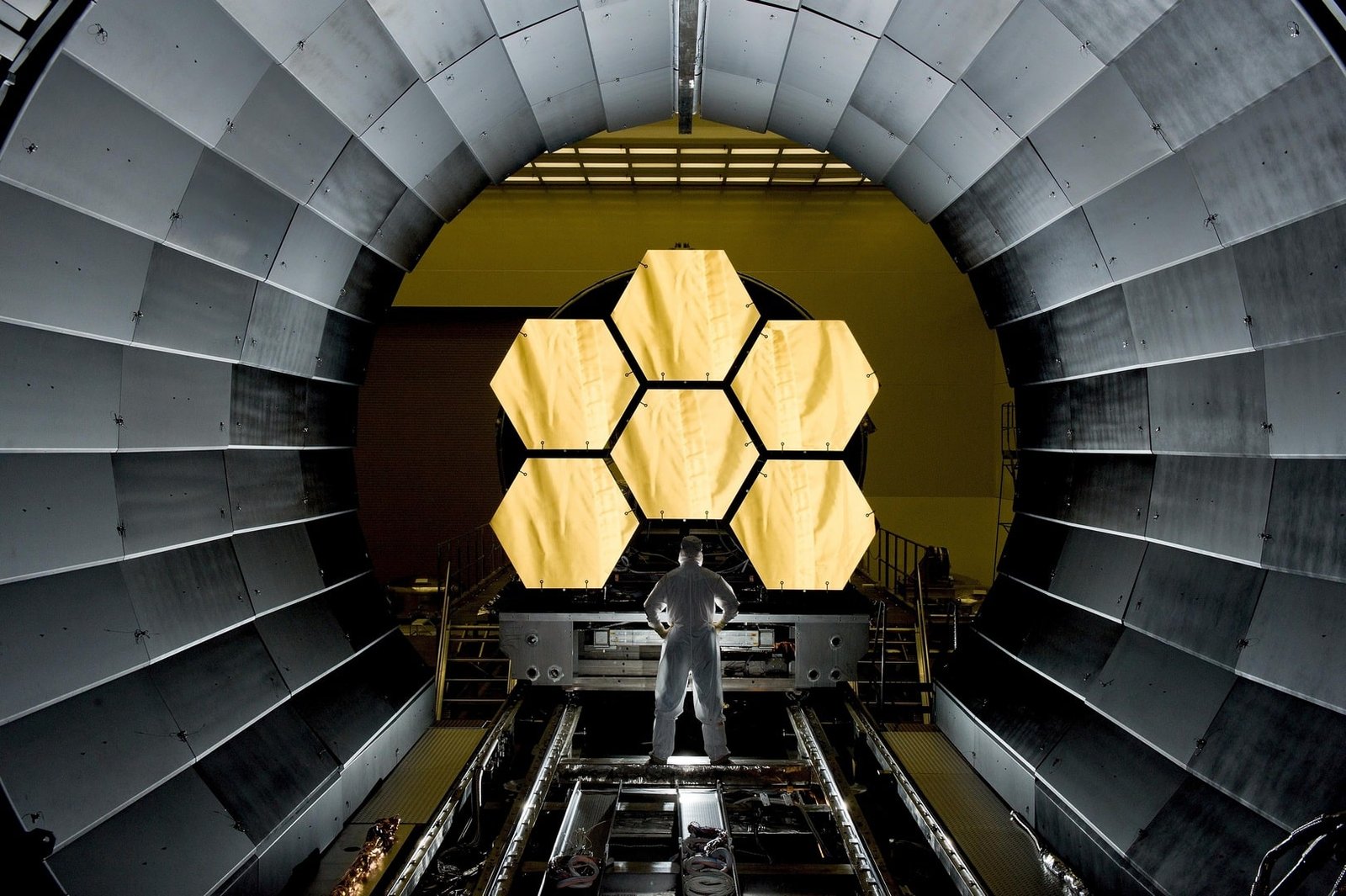How 5G Technology is Revolutionizing Connectivity
Lightning-Fast Speed: One of the key features of 5G technology is its remarkable speed. With speeds up to 100 times faster than 4G, users can experience seamless browsing, instant downloads, and buffer-free streaming. This high-speed connectivity opens up possibilities for bandwidth-intensive applications such as virtual reality (VR), augmented reality (AR), and high-definition video conferencing. Ultra-Low Latency: 5G technology significantly reduces latency, which is the time taken for data to travel from one point to another. With latency as low as a few milliseconds, real-time applications can thrive. Industries like autonomous vehicles, remote surgery, and gaming can benefit immensely from this low-latency connectivity, where split-second decisions and actions are crucial. Massive Device Connectivity: Unlike its predecessors, 5G has the capability to connect a massive number of devices simultaneously. This feature is vital for the Internet of Things (IoT) ecosystem, where billions of interconnected devices need to communicate seamlessly. From smart homes and smart cities to industrial automation and healthcare systems, 5G enables a robust and interconnected network of devices, revolutionizing how we interact with technology. Enhanced Reliability: 5G technology brings enhanced reliability to connectivity. With advanced error correction techniques and network slicing, 5G networks can provide more stable and consistent connections, minimizing disruptions. This reliability is essential for mission-critical applications in industries like transportation, logistics, and emergency services. Empowering Remote Work and Collaboration: The COVID-19 pandemic has accelerated the adoption of remote work and collaboration tools. 5G technology takes it a step further by enabling high-quality video conferencing, cloud-based collaboration, and real-time data sharing. With the ultra-fast and reliable connectivity of 5G, remote teams can collaborate seamlessly, enhancing productivity and efficiency. Transforming Industries: 5G technology has the potential to transform various industries. For example, in healthcare, remote patient monitoring, telemedicine, and surgical robotics can be significantly improved with the low latency and high-speed connectivity of 5G. Similarly, in manufacturing, 5G-powered automation and robotics can optimize production processes and enable predictive maintenance. Smart Cities and Infrastructure: 5G technology plays a crucial role in building smart cities and transforming urban infrastructure. From smart traffic management and energy grids to connected public transportation and intelligent surveillance, 5G enables efficient and sustainable city operations. The connectivity provided by 5G paves the way for a future where cities are safer, greener, and more livable. Conclusion: As 5G technology continues to roll out across the globe, it brings with it a wave of transformative possibilities. From lightning-fast speeds to ultra-low latency and massive device connectivity, 5G is revolutionizing how we connect and communicate. It has the potential to empower industries, enable groundbreaking applications, and reshape our digital future. As we embrace this new era of connectivity, it is crucial to explore its capabilities, address challenges, and harness its power for the benefit of society as a whole. The possibilities are vast, and the future is bright with 5G technology leading the way.




























